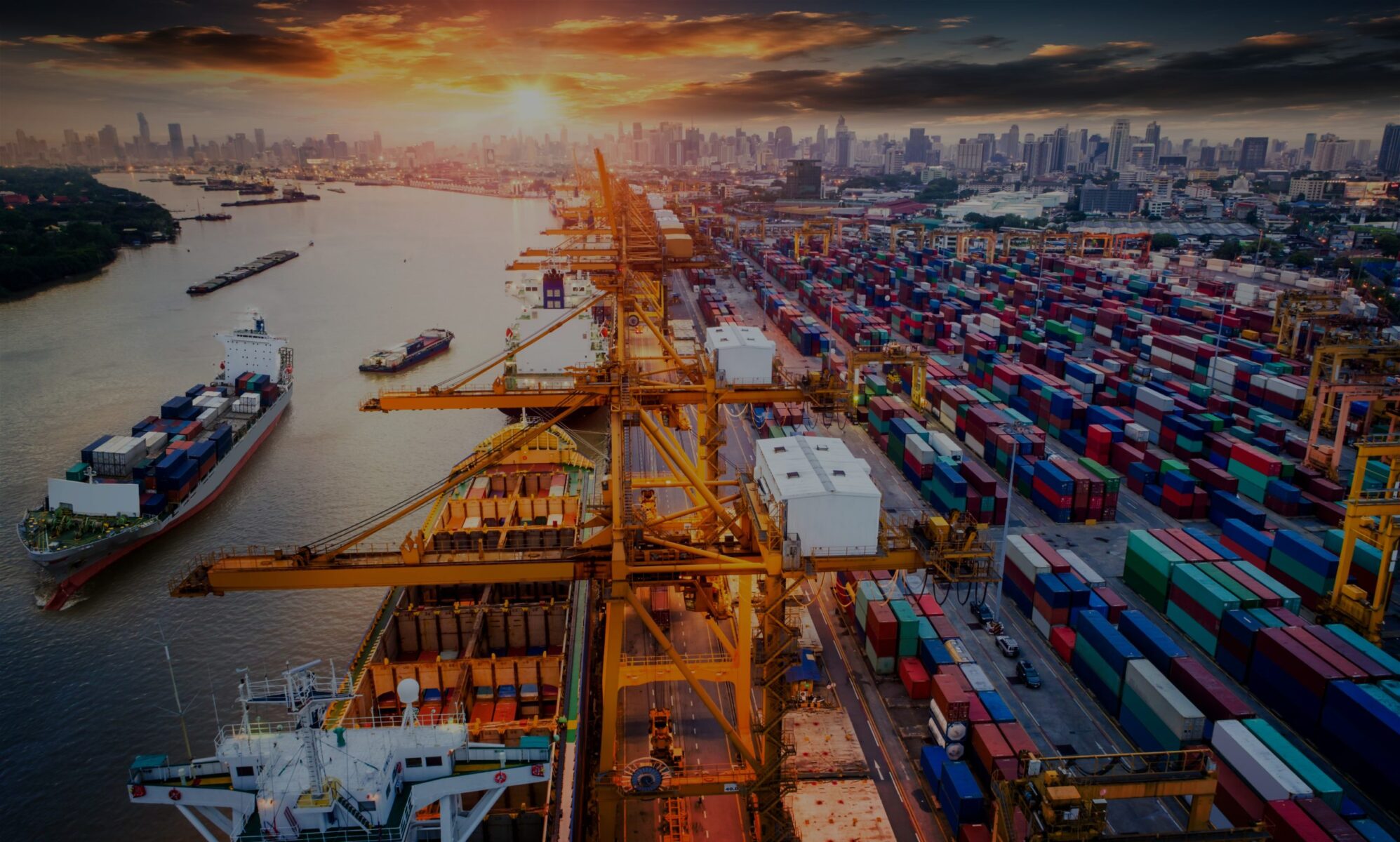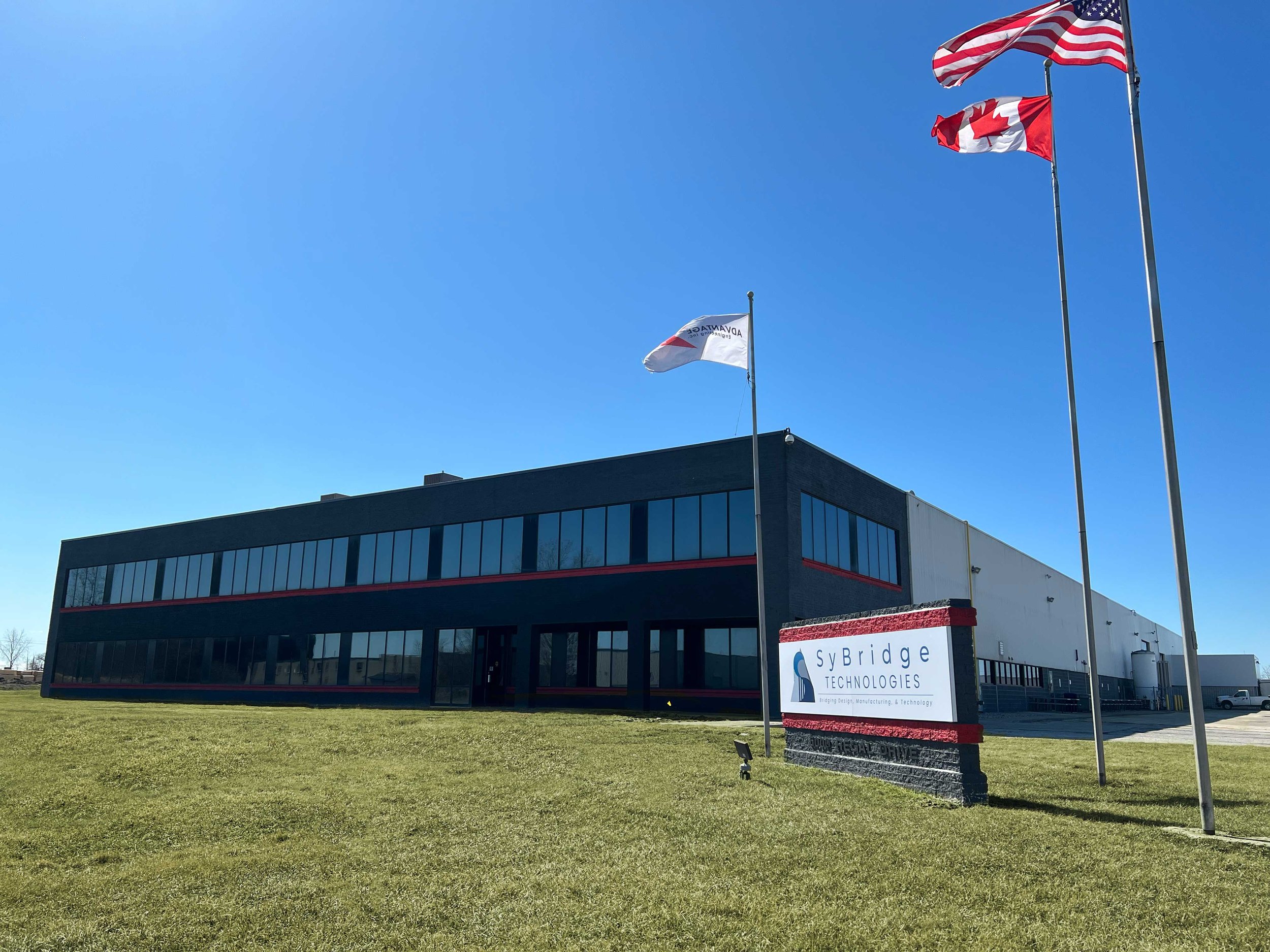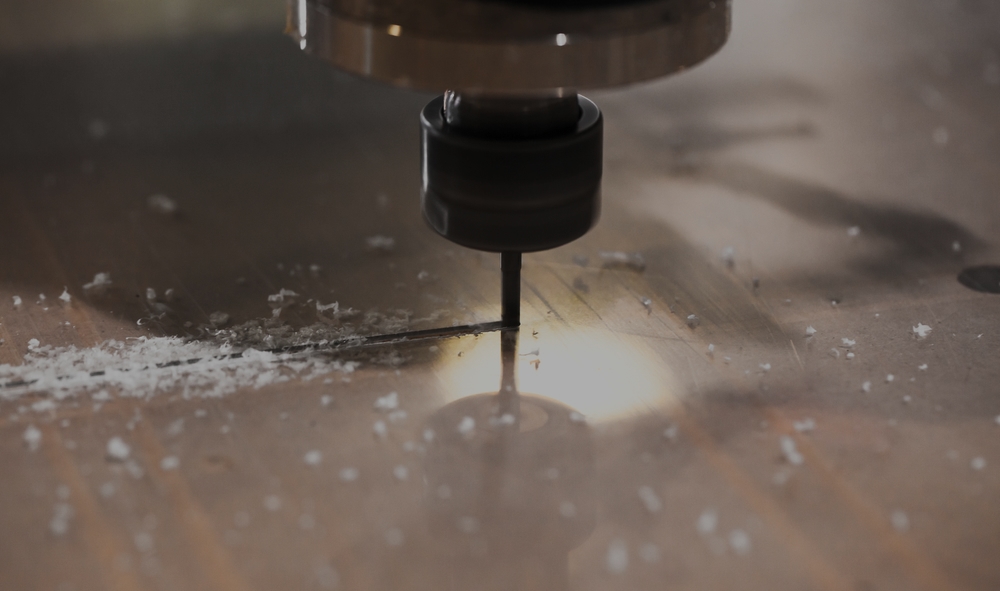Manufacturing a More Sustainable Future for a Post-Pandemic World
Published on April 22, 2020

Originally published on fastradius.com on April 22, 2020
Countries around the world will eventually transition from COVID-19 response to recovery, but the effects of this outbreak are immediately felt and likely long-lasting. Beyond the economic impacts, the planet is experiencing rapid short-term changes, such as a reduction in global greenhouse gases and the improvement of air quality in cities like Los Angeles and San Francisco brought on by social distancing measures.
The sudden transformation of an entire population’s behaviors has created unexpected benefits for the environment. These positive impacts show us that we can lessen our impact on the planet to prevent a global climate crisis in the years ahead.
Currently, manufacturing accounts for 21 percent of all greenhouse gas emissions, but the lessons we’re learning in the fight against COVID-19 today will help us improve the way we make and move things around the world tomorrow. Here’s how we can apply examples of innovation and ingenuity in a crisis in the continuing fight against climate change.
Supply Chain Innovation
With operational shutdowns caused by COVID-19, we’ve seen widespread disruption of traditional supply chains, forcing manufacturers to adapt in creative new ways to an ever-shifting landscape. These uncertain realities make diverse supply chains solutions more important than ever.
In response, many manufacturers are considering ways to move production closer to the point of consumption. While relocation is one option for manufacturers, another is adopting the principles of the Fourth Modality, which represents the next era of logistics. Instead of moving goods by the traditional methods of land, air, or sea, digital part designs can be stored in the cloud and “shipped” via digital highways.
Storing files in the cloud enables production whenever and wherever parts are needed, at exactly the specified quantity. In the midst of this supply chain upheaval, COVID-19 is shifting the ways manufacturers make their products. Some are turning to a digital, on-demand model that allows them to meet spikes in demand despite limited production capacity. Medical suppliers, for example, are turning to 3D printing to fill in the gaps, producing exactly the quantity of supplies needed by organizations affected by COVID-19.
The ability to produce parts on demand gives manufacturers more control over cost and production volume, all while building more visibility into the supply chain.
Data-Driven Impact
The data driving our understanding of the COVID-19 pandemic can be used to create smarter, more proactive supply chains. This includes automation and the Internet of Things (IoT), which will allow manufacturers to prepare for disruptions before they occur. Using sensors at different points along a product’s lifecycle can enable automated processes to optimize production. Combined, data from all of these systems creates a digital thread that can help prepare for disruption and enact smart, situation-specific contingency plans.
These technologies also empower manufacturers to manage the environmental impact of their supply chain, generating granular views of everything from a massive shipment to the production of a single part. A digital backbone, powered by technologies readily available in today’s market, can help organizations schedule energy-intensive manufacturing processes at optimal times, allocate storage of inventory, and provide real-time routing information for efficient delivery.
Today’s COVID-19 disruptions are shifting focus to the immediate needs of the supply chain — relocating transportation hubs away from quarantine zones and expanding technological capabilities to build more efficient means of fulfillment. While this response has been beneficial to businesses in the short-term, manufacturers can apply lessons of flexibility, resilience, and agility to alleviate persistent environmental challenges like global warming in the long-term.
Achieving Efficiency by Designing for Additive Manufacturing (DfAM)
A leading principle of DfAM is the idea of part consolidation. Often, mechanical assemblies are fabricated from multiple components, adding extra time and often, material to the production process. With additive manufacturing, organizations can take complex geometries or designs and consolidate individual pieces into a single unit.
Reducing the number of parts in a bill of materials not only saves money, but reduces the weight, the number of assembly steps, and the number of suppliers needed to take a part from design to fulfilment; a critical advantage when faced with a crisis like COVID-19 that requires constant adjustment.
If the production of a single part can be made more efficient, the entire process — from ideation to eventual shipment — should also realize those benefits. With fewer parts to assemble and fewer suppliers to engage, manufacturers can identify opportunities for environmental efficiency in their supply chain.
Unlike traditional manufacturing methods, additive provides organizations a more nimble approach to shifting production requirements in the face of an evolving crisis. As manufacturers transition from pandemic response to meeting more “normal” demand, the advantages of increased efficiency through part consolidation can also be applied to making a more positive impact on the environment.
Choosing to Respond to the Climate Crisis
Responding to COVID-19 was not a choice for the world. The virus spread without warning and impacted industries around the globe. Manufacturing ramped up to meet demand, converting factories into hubs for the rapid production of PPE while devising new methods to get this equipment to those who needed it most.
But the lessons can be applied far beyond the scope of the COVID-19 pandemic. As the world returns to normalcy, the challenges of the global climate crisis will still exist; temperatures rise, polar ice caps melt, and weather patterns change as effects take hold on the planet. With more control over global supply chains and the manufacturing processes enabled by technology and DfAM principles, organizations can take proactive steps to reduce their negative impact on the environment.
If you’d like to make your supply chain and production process more efficient, please contact us today.



